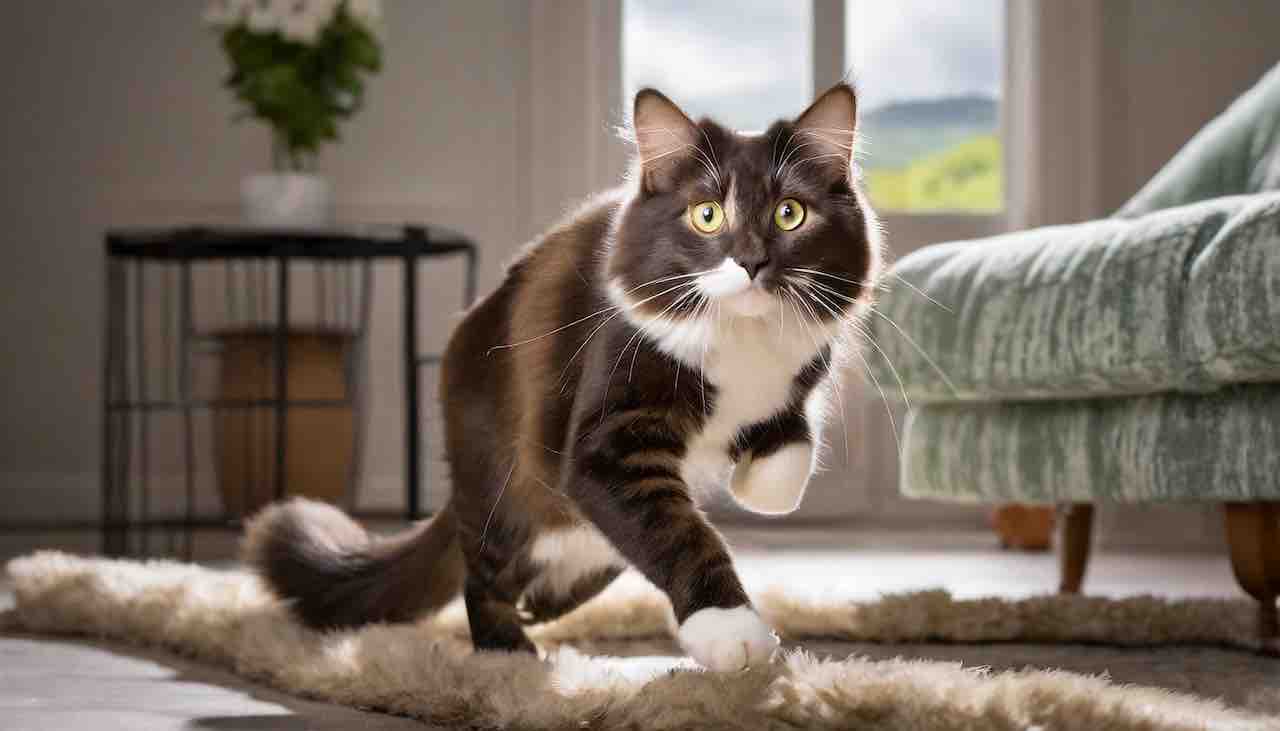Decoding the Language of Tails and Whiskers – Understanding Pet Body Language
Have you ever found yourself puzzled by the subtle cues your furry friend gives you?
From the wagging of tails to the flick of whiskers, pets communicate with a rich language that extends beyond barks and purrs. Understanding your pet’s body language is like unlocking a secret code to their thoughts and feelings. Join us as we embark on a journey to decode the intricate world of pet body language, fostering a deeper connection between you and your four-legged companion.
The Importance of Non-Verbal Communication:
While pets can’t express themselves in words, their bodies speak volumes. Paying attention to their non-verbal cues is crucial for understanding their emotions, needs, and overall well-being.
Tail Talk:
A wagging tail doesn’t always mean happiness, and a tucked tail isn’t just a sign of fear. Different tail positions convey various emotions. For instance, a high and rigid tail might indicate excitement or alertness, while a low and tucked tail could suggest submission or fear.
Ears Up, Ears Down:
Ears are a significant indicator of a pet’s emotional state. Ears held high might signify attentiveness or curiosity, while flattened ears can signal fear, stress, or aggression. Knowing how to interpret ear movements helps you respond appropriately to your pet’s feelings.
Whisker Wisdom:
Whiskers are not just decorative; they are sensitive indicators of your cat’s mood. Forward-facing whiskers signal curiosity or excitement, while whiskers pulled back against the face can indicate fear or anxiety.
Eye Contact and Blinking:
Direct eye contact in the animal kingdom can convey dominance or aggression. Dogs and cats may interpret prolonged eye contact as a challenge. Blinking, on the other hand, can be a sign of trust. A slow blink from your cat is akin to a warm, fuzzy hug.
Purring:
Not Always a Sign of Bliss:While purring is often associated with contentment, cats may also purr when stressed or in pain. Understanding the context, accompanying body language and the overall situation helps discern the true meaning behind the purrs.
Vocalizations and Tone:
Beyond the words they cannot speak, pets use various vocalizations and tones to communicate. A dog’s bark may differ in pitch and intensity based on excitement, playfulness, or warning. Similarly, a cat’s meow can express anything from a simple greeting to a demand for attention.
Body Posture:
The way your pet holds their body provides valuable insights. An arched back in a cat may signal excitement or a desire for attention, while a hunched posture might indicate pain or discomfort. Dogs may express submission by lowering their body or playfulness by adopting a play bow.
Grooming Behavior:
Grooming isn’t just about cleanliness; it’s also a social behavior. Mutual grooming among pets or your pet grooming can signify affection and bonding. Obsessive grooming, however, might be a sign of stress or underlying health issues.
Tail Puffing and Piloerection:
In moments of heightened emotion, cats may puff up their tails or exhibit piloerection (hair standing on end). While this is often associated with fear or aggression, it can also be a reaction to excitement or perceived threats.
Belly Exposure:
While a dog exposing its belly is often seen as a sign of trust and submission, it’s essential to consider the context. Some dogs may be comfortable lying on their backs, while others may feel vulnerable. Understanding your dog’s comfort level with belly exposure is key.
Tail Vibrations or Quivering:
A quivering tail in a cat or dog can indicate intense emotions. It might be excitement, anticipation, or even frustration. Pay attention to the tail’s speed, position, and overall body language to interpret the specific emotion your pet is experiencing.
Paw Lifting:
Dogs may lift one paw during play or when seeking attention. This gesture is often an endearing way for dogs to communicate their desire for interaction. It can also be seen as a sign of politeness or a request for a treat.
Head Tilt:
A tilted head in dogs is not just adorable; it’s a gesture of curiosity and engagement. Dogs often tilt their heads to better understand a sound or to express interest. A head tilt during a conversation may indicate that your pet is attentively listening.
Tongue Flicking or Licking Lips:
Dogs may lick their lips or flick their tongue when feeling anxious or stressed. This behavior can be observed in various situations, such as during a veterinary visit or when faced with a new environment. Understanding these subtle signs helps alleviate your pet’s stress.
Circling or Digging:
Dogs may circle before lying down or dig before settling into a comfortable spot. These behaviors are remnants of their ancestral instincts to create a safe and comfortable resting place. Recognizing these actions enhances our understanding of our pet’s natural behaviors.
Hackles Raised:
Raised hackles (the fur along the back) can be a response to excitement, arousal, or a perceived threat. It’s commonly associated with a dog feeling defensive or threatened, but it can also happen during moments of excitement.
Chirping or Chattering:
Cats may produce chirping or chattering sounds when observing birds or small prey through a window. This behavior is believed to be a mix of excitement and frustration at not being able to reach the perceived prey.
Slow Blinking in Dogs:
Similar to cats, some dogs engage in slow blinking as a sign of trust and affection. A slow blink from your dog may indicate that they feel secure and comfortable in your presence.
Raised Hindquarters in Cats:
When a cat raises its hindquarters while in a crouched position, it’s often a sign of playfulness and readiness for pouncing. This behavior is typical during interactive play sessions and demonstrates your cat’s enjoyment.
Cracking the code of pet body language transforms your relationship with your furry companion. By observing and understanding their cues, you become attuned to their needs, emotions, and desires.
This shared language fosters a deeper bond, creating a harmonious and communicative environment where both you and your pet can thrive. So, the next time your pet flicks an ear or gives you a slow blink, know that they’re telling you a story, and it’s one worth listening to.




































